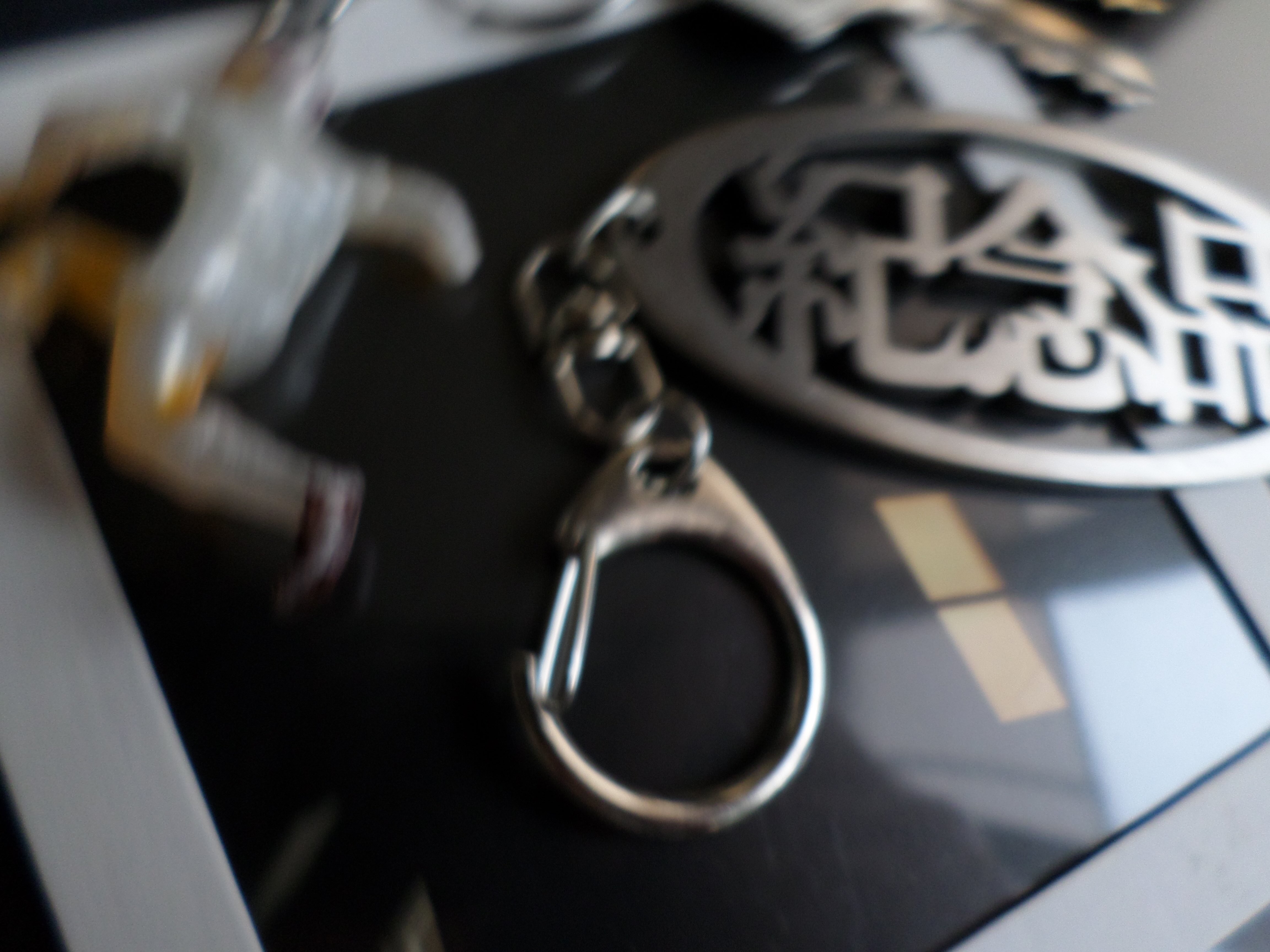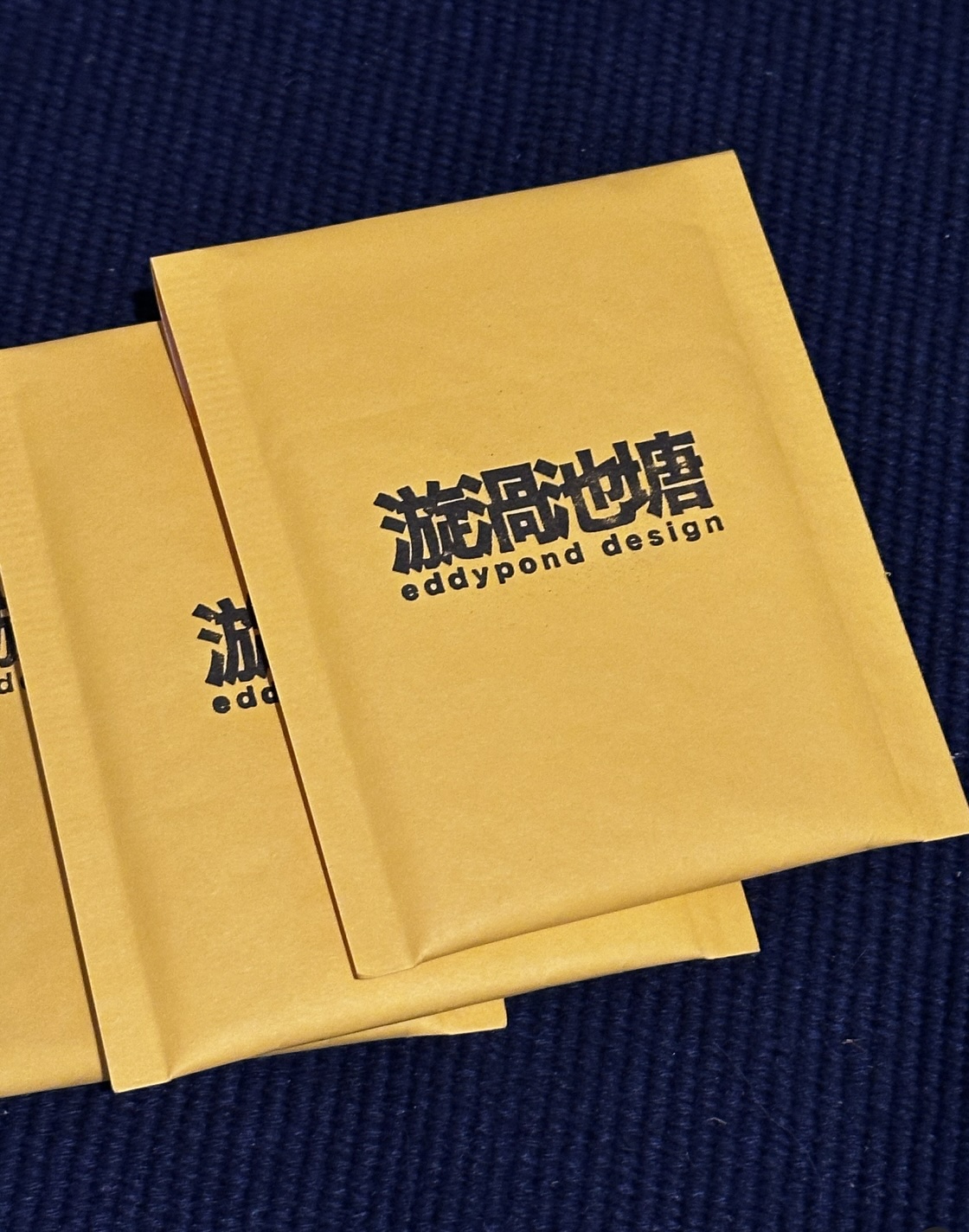

纪念品商店,销售的大多不是以实用为目的制作的商品。不论是历史建筑、传统器物还是食物蔬果,最终都会以挂件或冰箱贴的形态出现在行程终点的纪念品商店里。消费者购买它们有的是为了当作到此一游的证据,有的是作为礼物赠送他人。但不论是送出还是摆在家里,只要最终达到向别人宣布自己到过这个地方的目的,那它就为私人故事贡献了一份力量。这层意识形态很微妙地为这些工厂大量生产的廉价却令人愉悦的小物注入了新的面貌。一模一样的物件在被买走的那一刻起便成了不同故事的承载体。
我推崇“允许大部分人参与和拥有”。在不愿或者无法花大价钱买下原物时,微缩版的纪念物是能起到心理抚慰作用的替代品,小救星,我非常认可它们的职能!但即使再形态各异,潜藏在这些精巧的符号之下的却都是完全相同的东西,是获取途径让他们各自区别开来。设计力在这类产品上好像不再重要,那不如直接让“纪念品”成为本商店的纪念品。(还是有点心虚,感觉没什么好纪念的。)包装袋上保留了一些精美小设计供有需要的朋友到此一游。去除包装袋之后它就成为一个被凝缩在不锈钢片里的小小洞察。
(纪念品理论参考来源《「かわいい」論》)
Souvenir shops sell mostly goods that are not made for practical purposes. Whether it is historical buildings, traditional utensils or food and fruits, they will eventually appear in the souvenir shops at the end of the journey in the form of pendants or refrigerator magnets. Some consumers buy them as evidence of their visit, and some as gifts for others. But whether it is given away or placed at home, as long as it ultimately achieves the purpose of announcing to others that they have been to this place, it contributes to the private story. This ideology subtly injects a new look into these cheap but pleasant small items mass-produced by factories. The exact same objects become the carriers of different stories from the moment they are bought.
I advocate "allowing most people to participate and own". When people are unwilling or unable to spend a lot of money to buy the original, miniature souvenirs are a substitute that can provide psychological comfort. They are little saviors, and I fully appreciate their function! But no matter how different the forms are, hidden beneath these exquisite symbols are exactly the same things, and it is the way of obtaining them that makes them different. Design doesn’t seem to be important for this kind of product. So I just let "souvenirs" become souvenirs of this store. Some exquisite small designs are retained on the packaging bag for friends in need to use as a souvenir of their visit to this place. After removing the packaging, it becomes a small insight condensed in the stainless steel sheet.
(reference source《「かわいい」論》)




